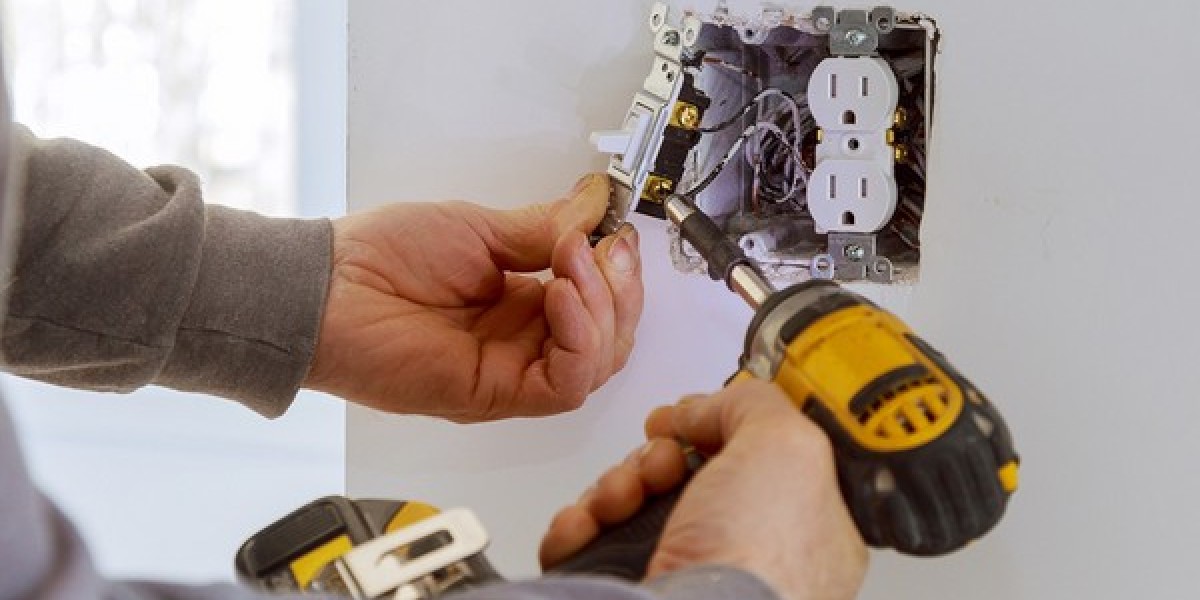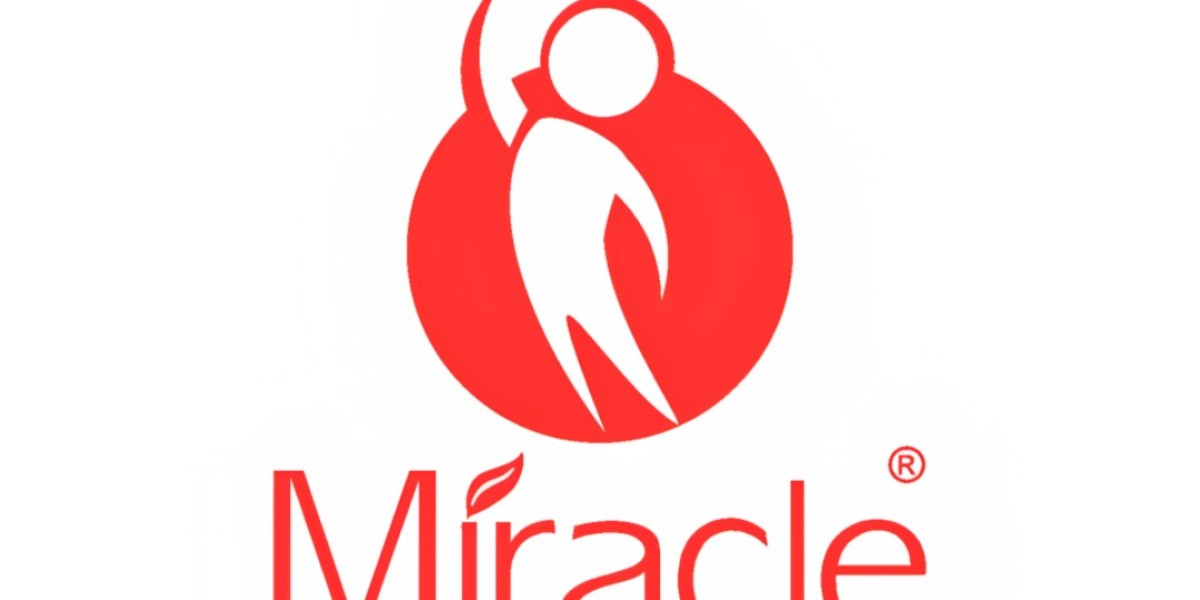Cross-linking eye surgery, a revolutionary advancement in ophthalmology, has emerged as a powerful tool in the fight against progressive corneal disorders. This procedure, officially known as corneal collagen cross-linking (CXL), is designed to strengthen the cornea and halt the progression of conditions like keratoconus and corneal ectasia. In this article, we will delve into the intricacies of cross-linking eye surgery, exploring its principles, applications, and the transformative impact it has on patients' lives.
Understanding Cross-Linking:
Corneal collagen cross-linking involves the application of riboflavin (vitamin B2) eye drops followed by exposure to ultraviolet (UV) light. This combination induces a chemical reaction that creates new bonds between collagen fibers, reinforcing the corneal structure. The goal is to increase the cornea's stability and prevent further deformation caused by progressive conditions.
Applications of Cross-Linking:
Keratoconus Treatment:
Cross-linking is most commonly used to treat keratoconus, a condition where the cornea thins and bulges into a cone shape.
By strengthening the cornea, CXL can slow or stop the progression of keratoconus, reducing the need for more invasive procedures like corneal transplantation.
Corneal Ectasia Management:
Post-LASIK ectasia, a rare but serious complication of laser eye surgery san diego, can be effectively managed with cross-linking.
CXL helps stabilize the cornea and prevent further thinning, preserving visual acuity and reducing the need for additional surgeries.
Refractive Surgery Enhancement:
Cross-linking is also explored as an adjunctive procedure in refractive surgeries like LASIK.
By reinforcing the cornea after the primary surgery, CXL may contribute to long-term stability and better visual outcomes.
Patient Experience and Recovery:
Procedure Details:
Cross-linking is typically an outpatient procedure lasting about an hour.
The patient is first administered numbing eye drops, and then riboflavin drops are applied to the cornea.
UV light exposure follows, activating the cross-linking process.
Recovery Period:
Patients may experience discomfort and light sensitivity immediately after the procedure. Full recovery may take several days to weeks, during which vision gradually improves. Follow-up appointments are crucial to monitor progress and address any concerns.
Benefits and Risks:
Benefits:
Halt or slow the progression of corneal disorders.
Reduce the need for more invasive interventions.
Preserve or enhance visual acuity in the long term.
Risks:
Temporary discomfort and light sensitivity.
Infection and inflammation (rare).
Changes in vision, though typically transient.
Future Developments and Conclusion: About cross linking eye surgery
The field of cross-linking eye surgery continues to evolve, with ongoing research aimed at refining the procedure and expanding its applications. Innovations in technology and a deeper understanding of corneal biomechanics promise even more effective treatments in the future.
Corneal collagen cross-linking stands as a groundbreaking solution in the realm of ophthalmology, offering hope to those grappling with progressive corneal disorders. As the procedure becomes more widespread and undergoes further advancements, it has the potential to transform the landscape of eye care, providing patients with improved outcomes and a clearer vision of the future. To know more about cross-linking eye surgery, cross linking procedure etc., you can visit the website.







